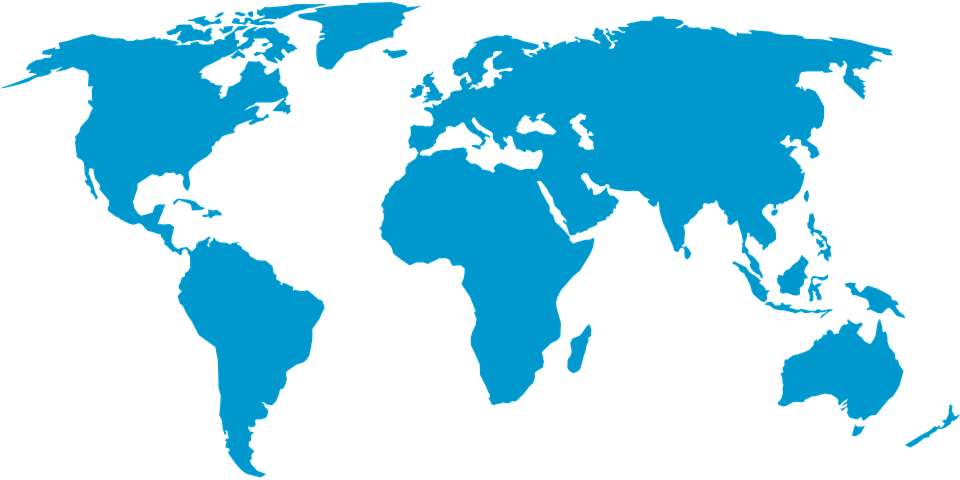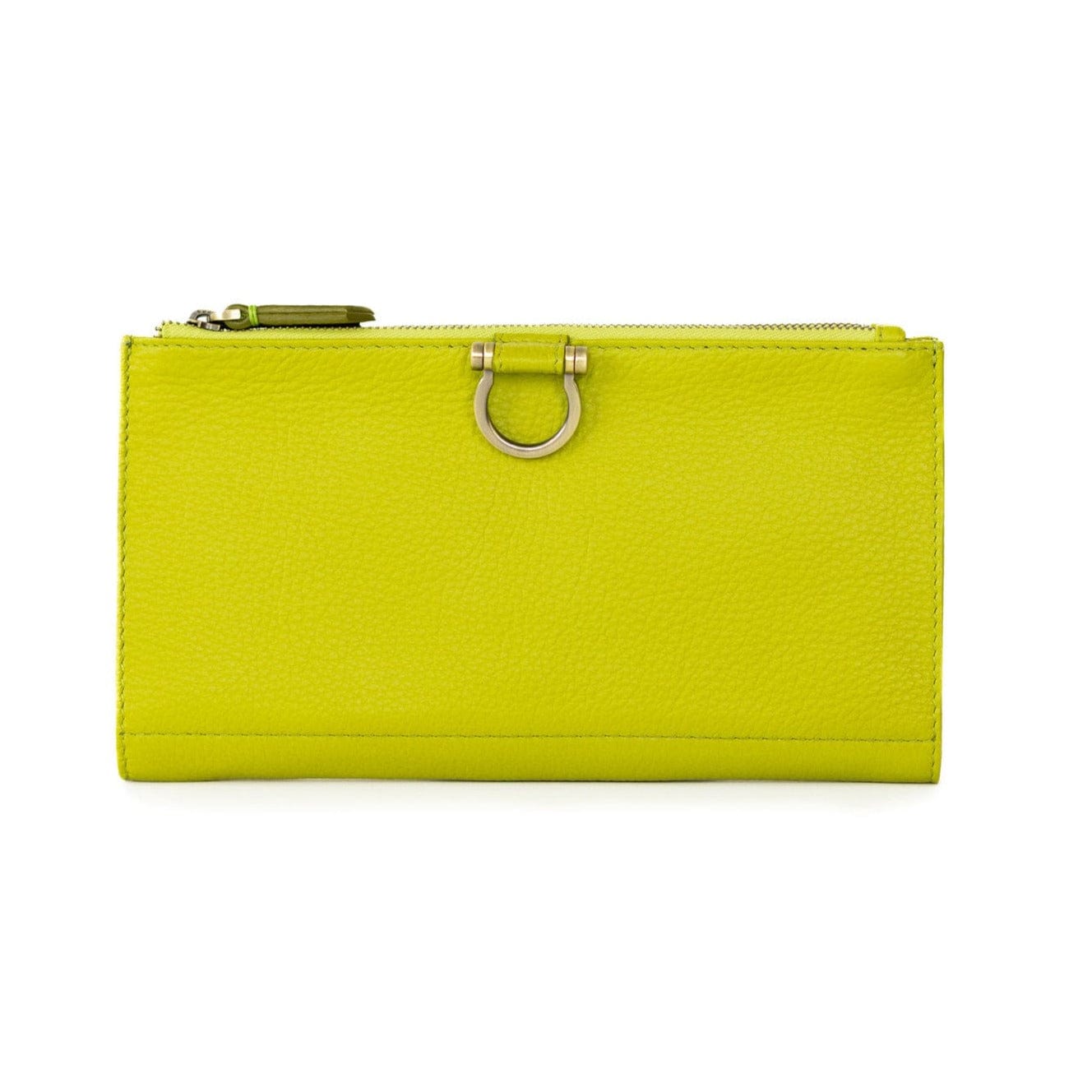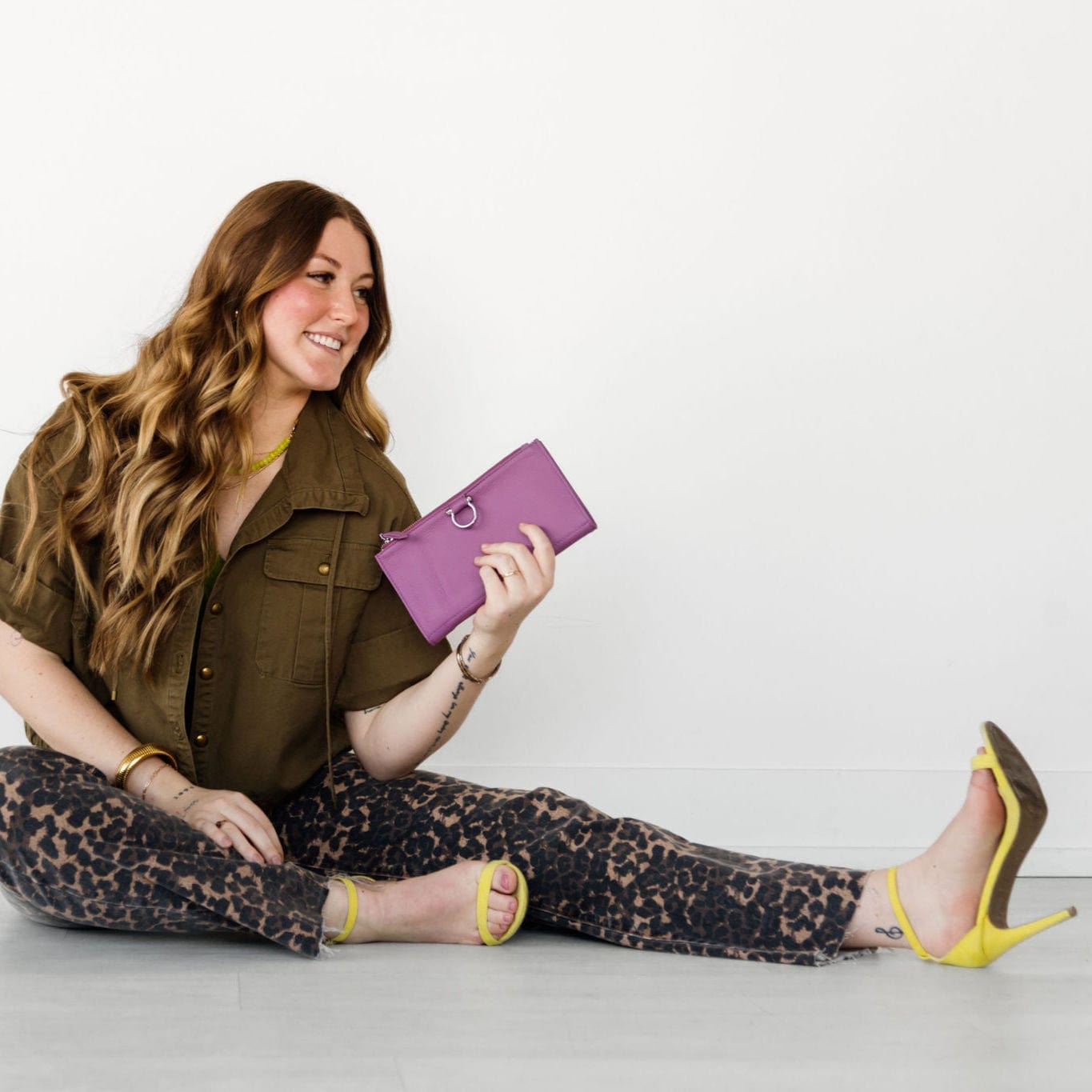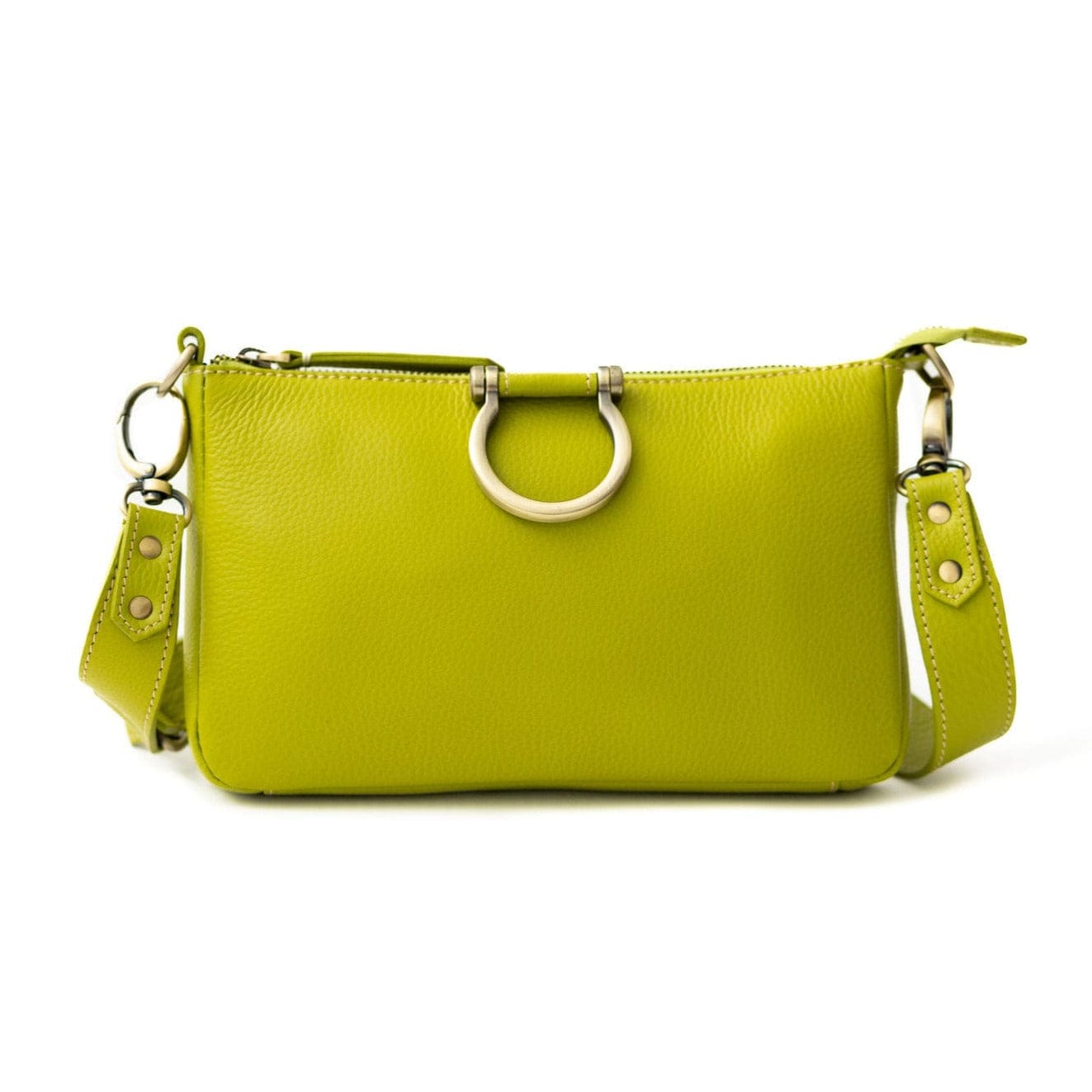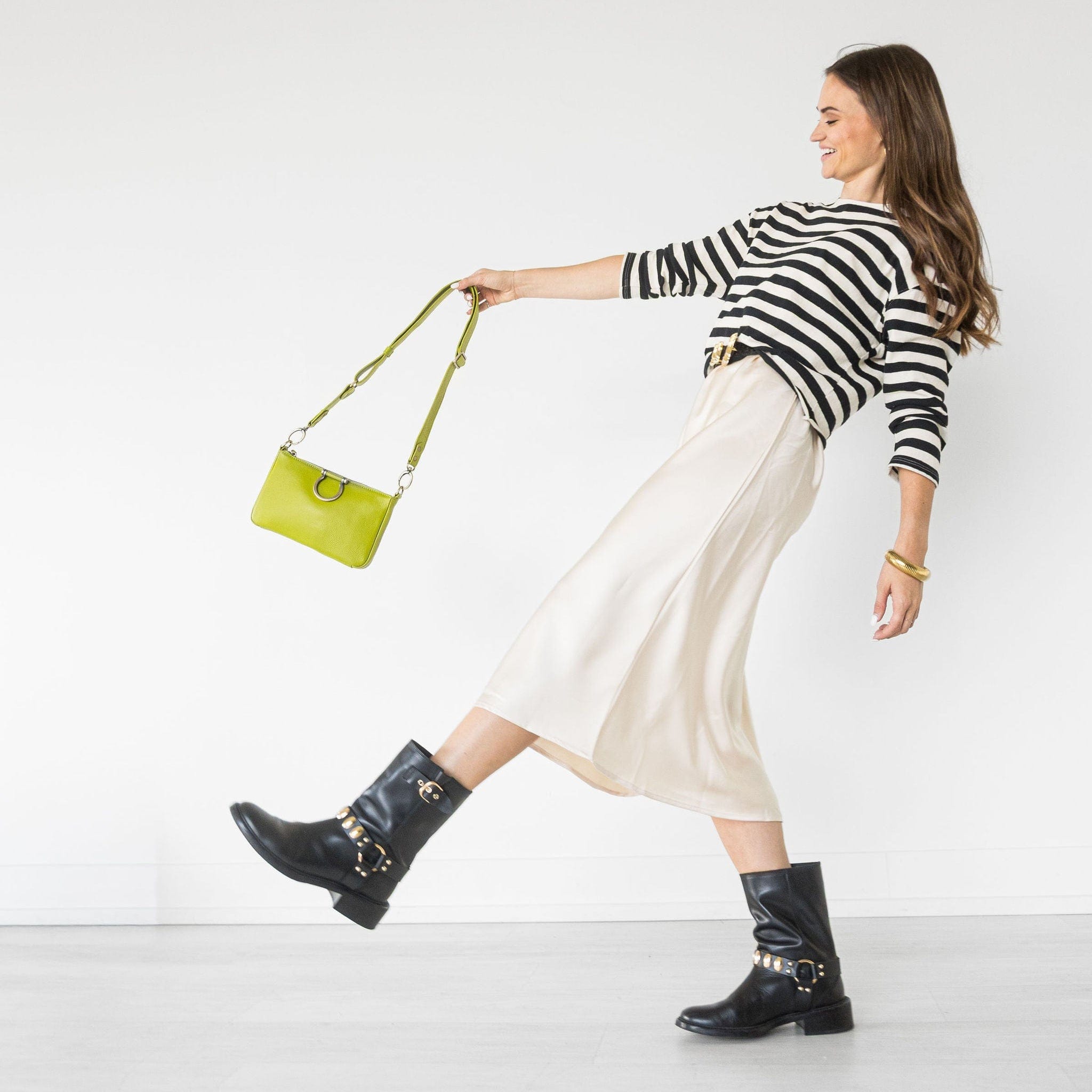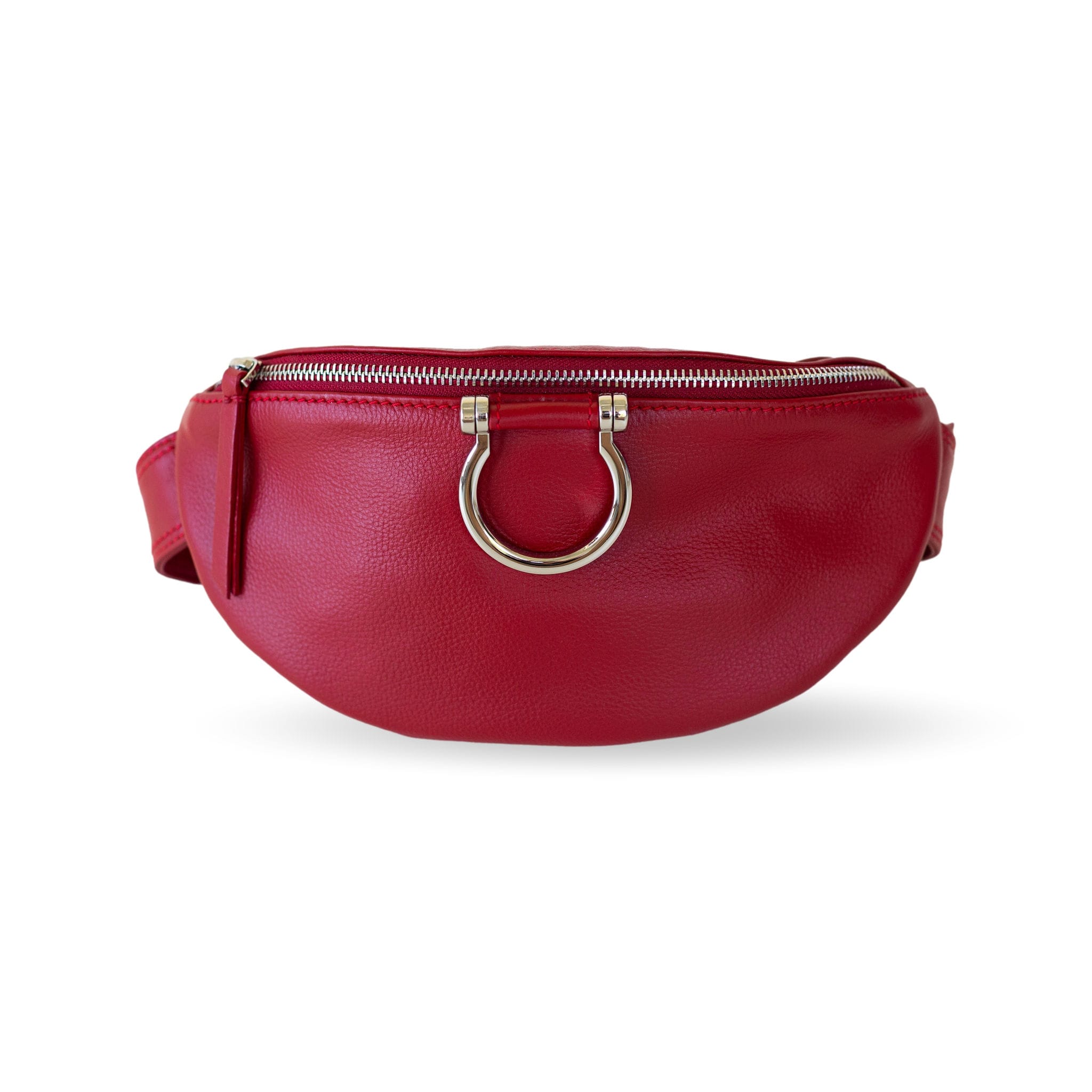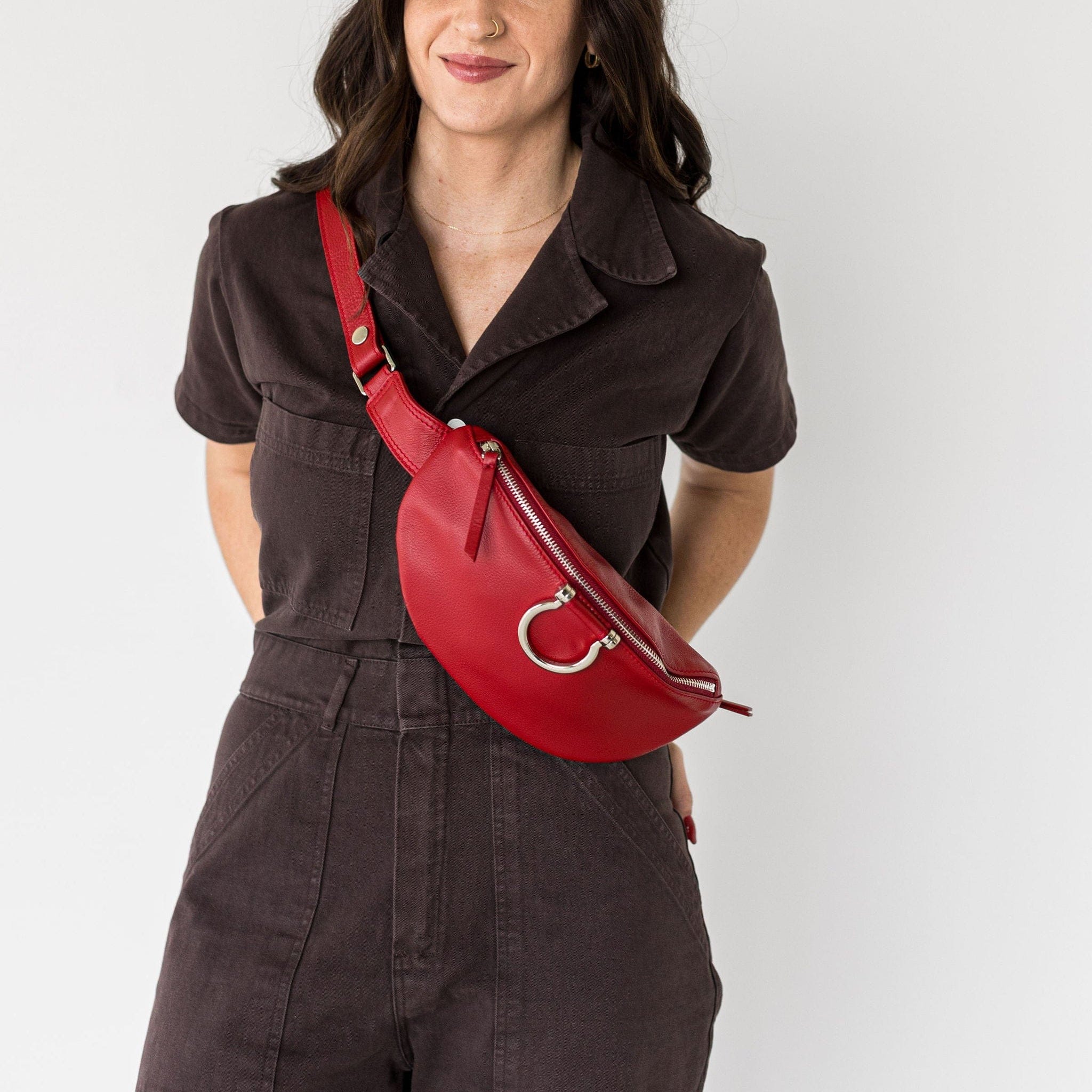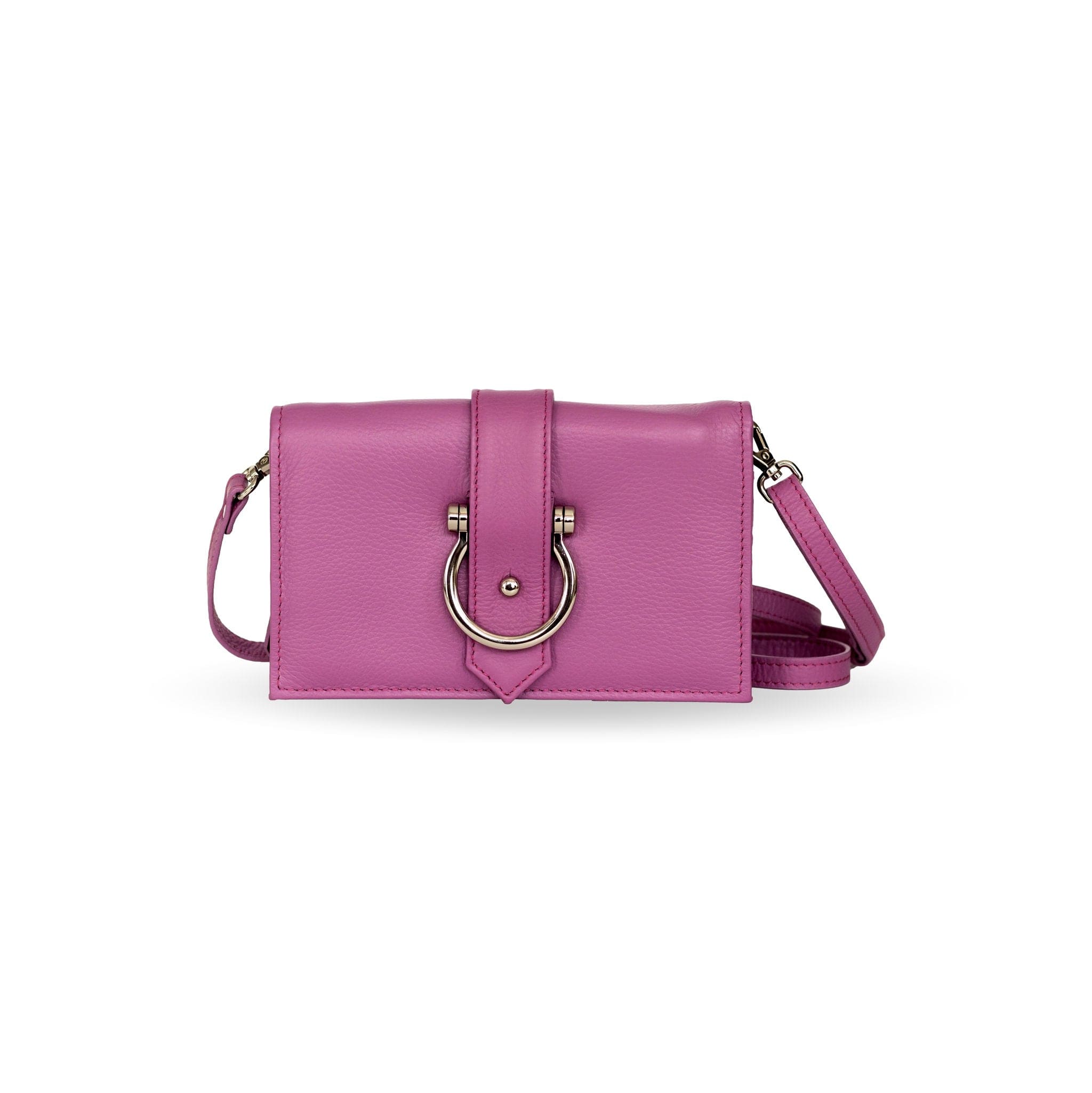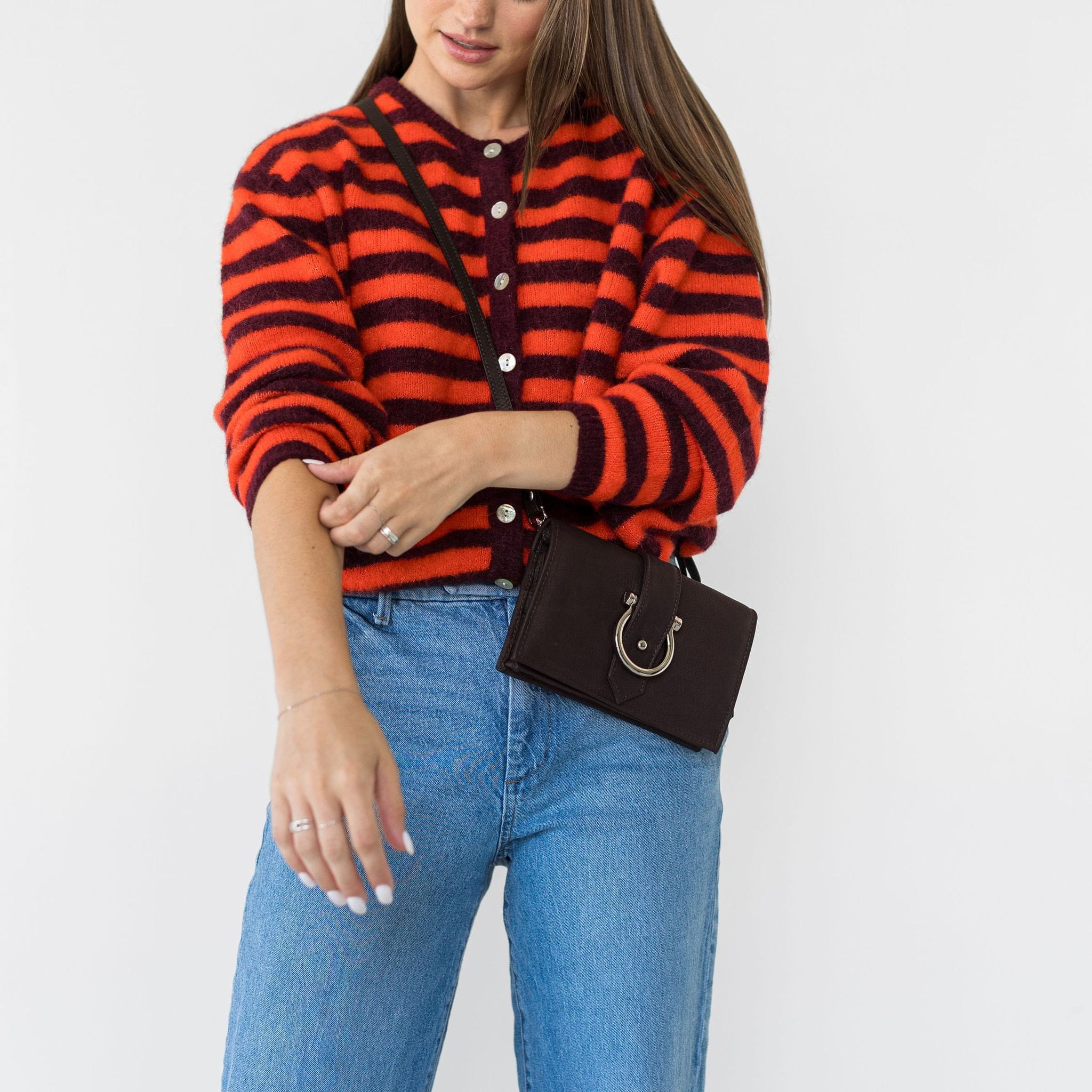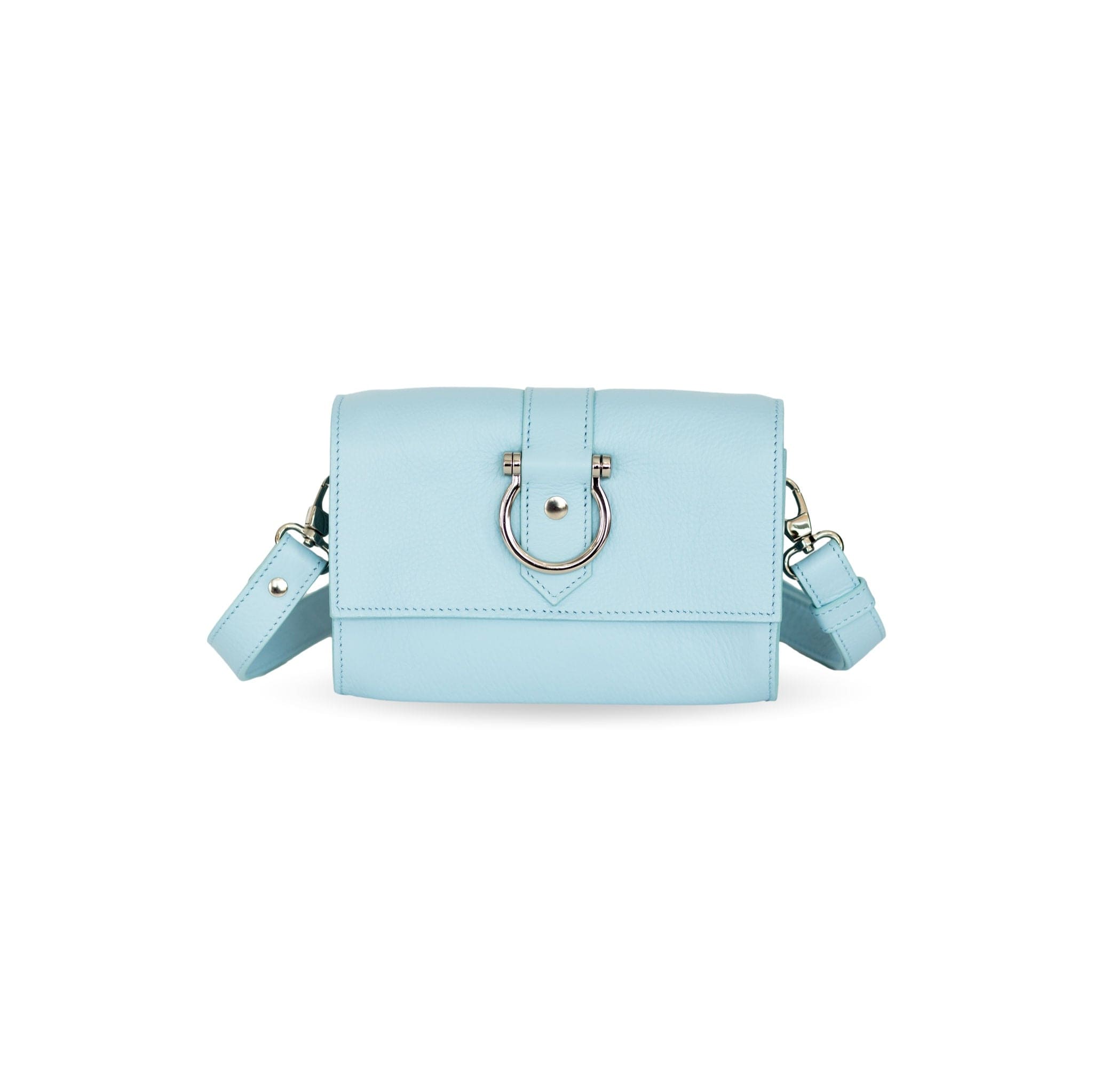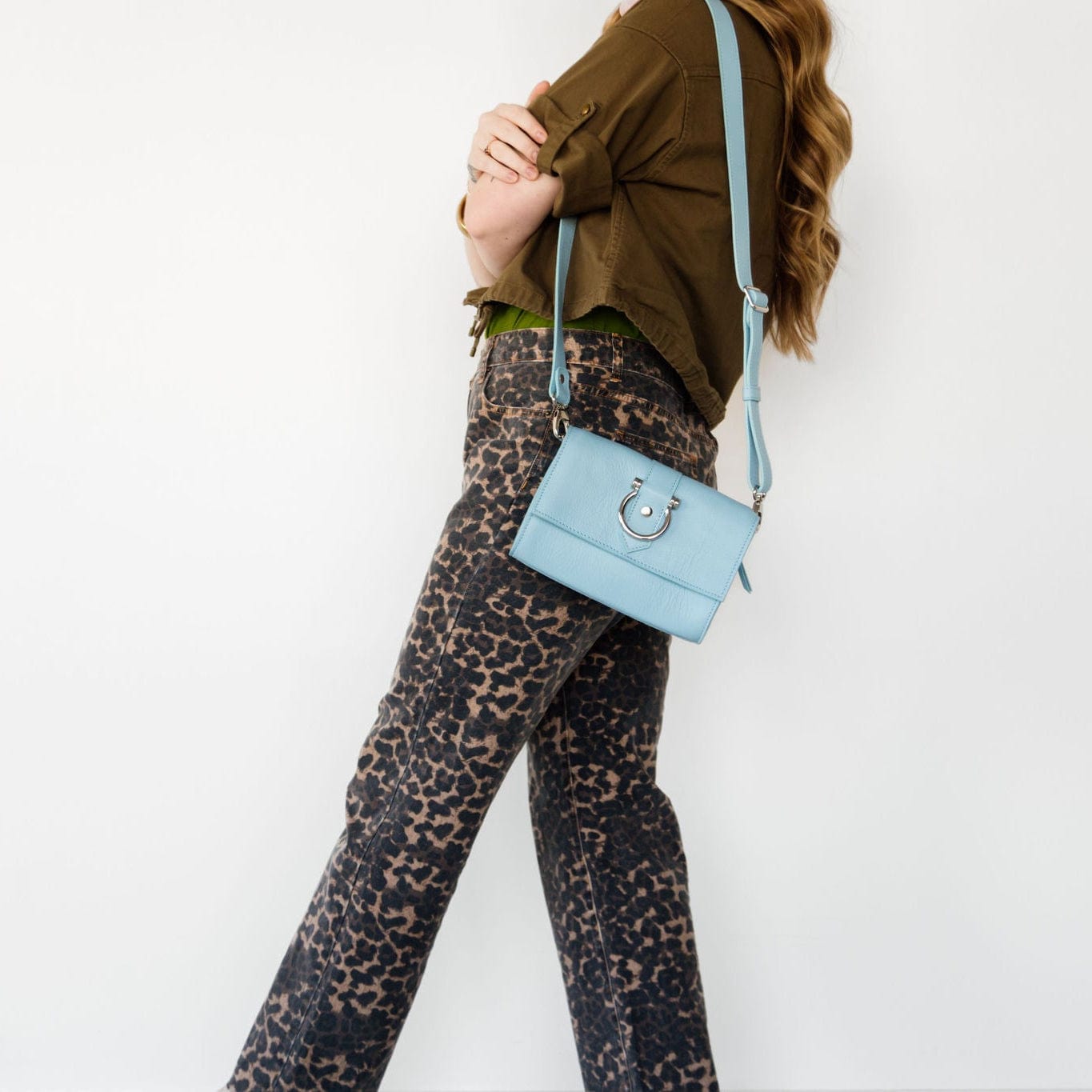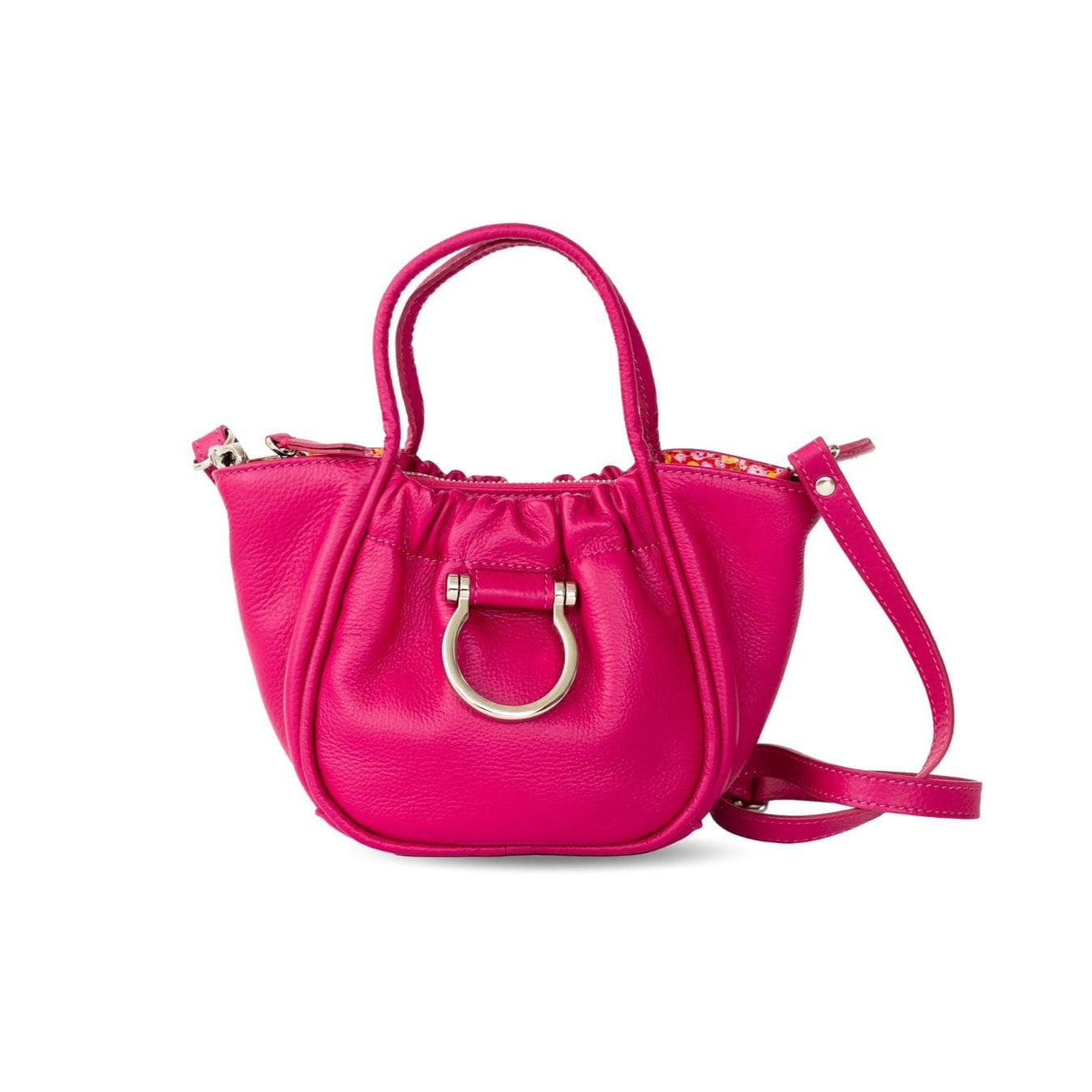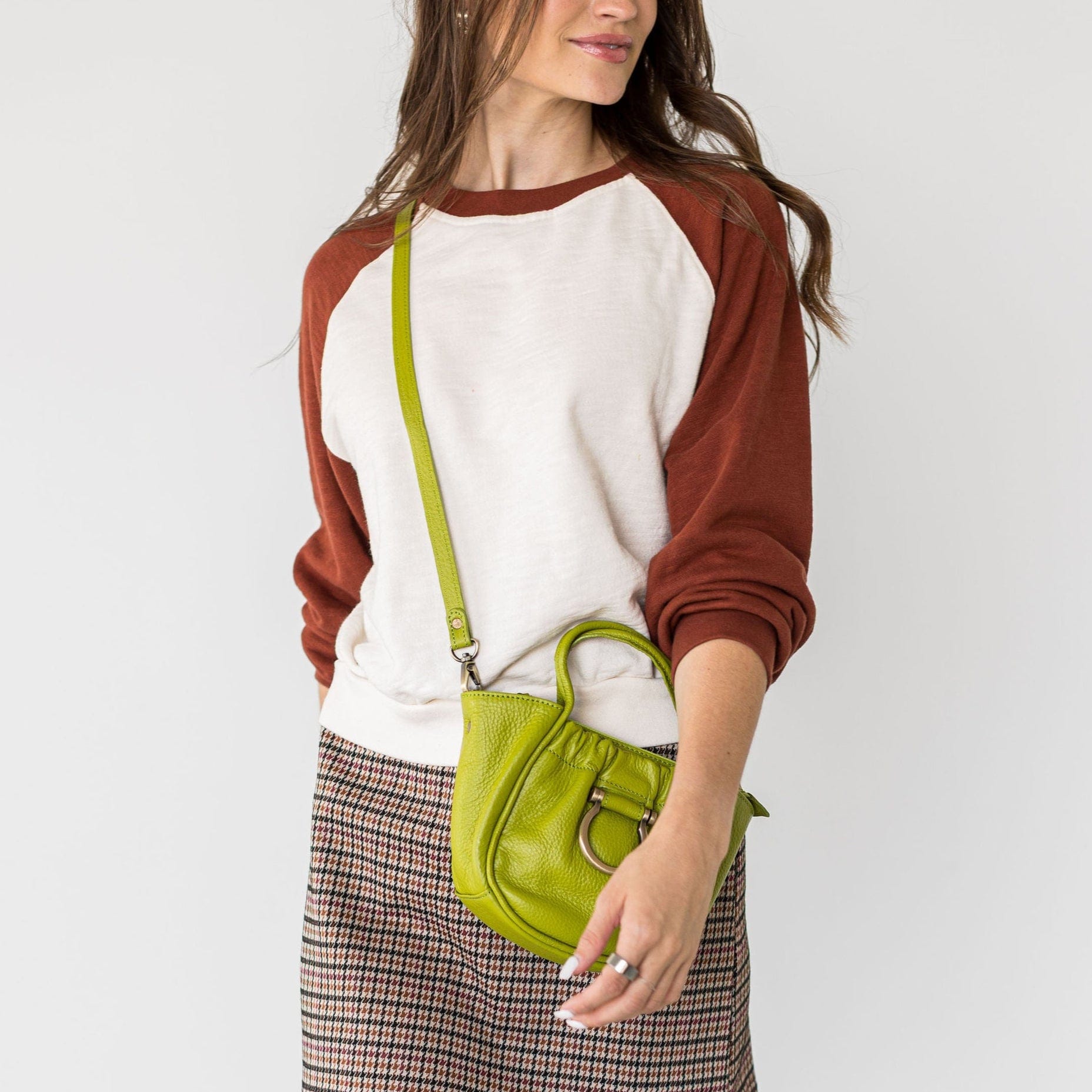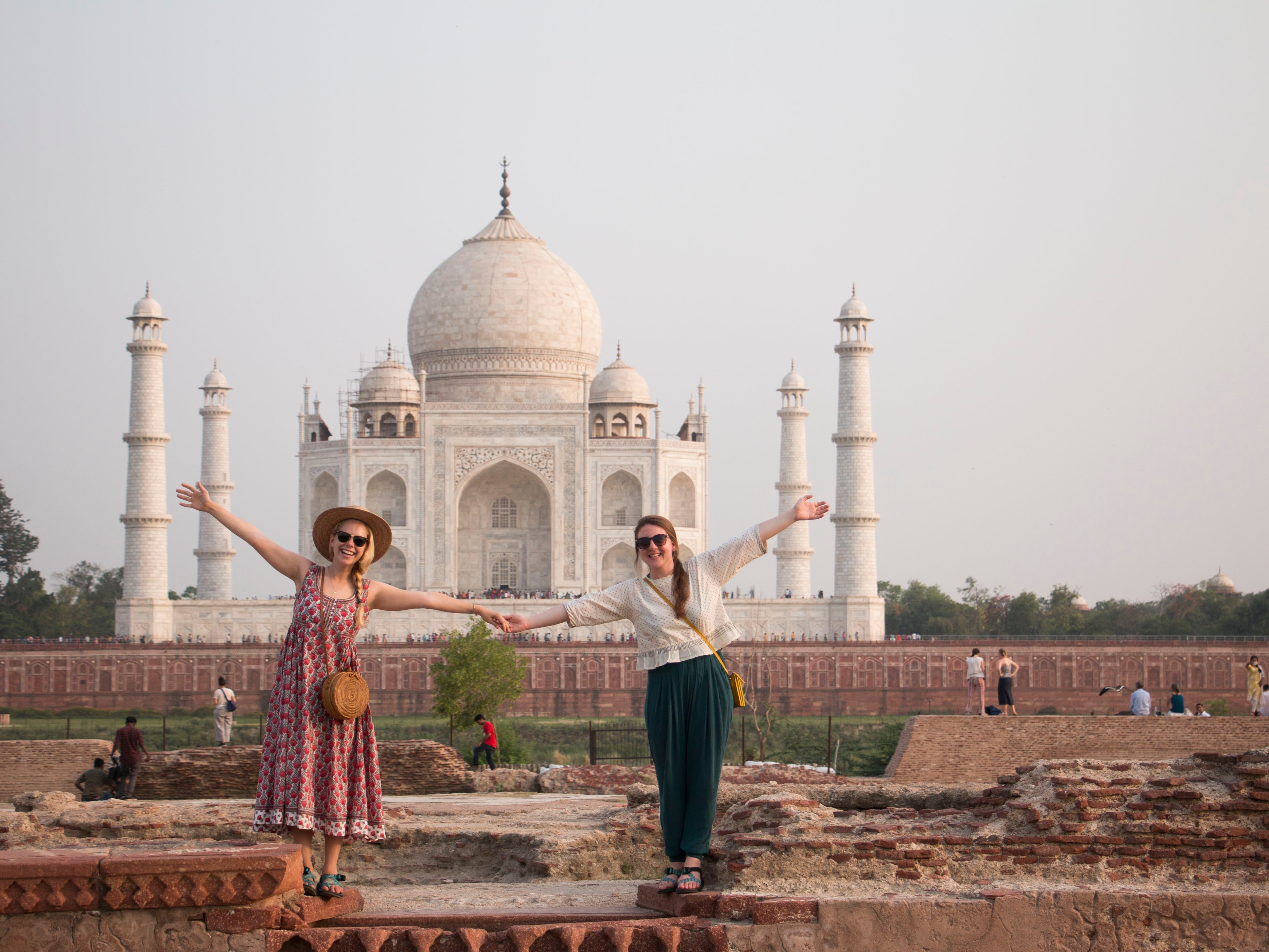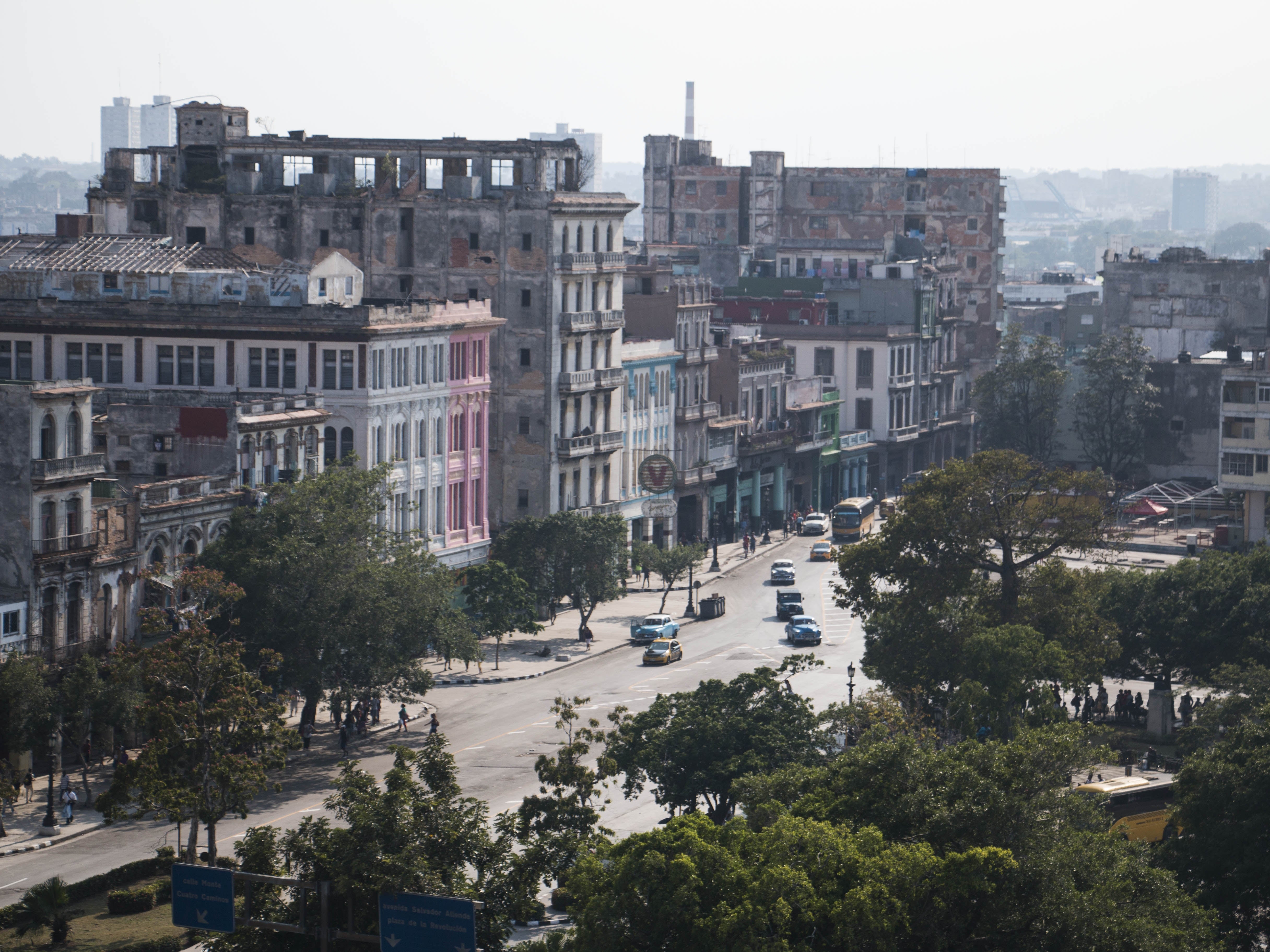
Happy World Fair Trade Day! The day is planned by the World Fair Trade Organization (WFTO) and brings together agents across the world who are working towards better environmental practices, labor rights, and an overall reduction of poverty caused by the trade chain. Sounds familiar? That's what we here at Sapahn strive for everyday! The WFTO defines fair trade as "a trading partnership, based on dialogue, transparency, and respect, that seeks greater equity in international trade. It contributes to sustainable development by offering better trading conditions to, and securing the rights of, marginalized producers and workers – especially in the South.
Fair Trade organisations have a clear commitment to Fair Trade as the principal core of their mission. They, backed by consumers, are engaged actively in supporting producers, awareness raising and in campaigning for changes in the rules and practice of conventional international trade."
Today we are taking a deeper look at what fair trade fashion is, its history, and what you can do to help. Here at Sapahn, we are dedicated to providing our consumers with accessories made with workers' rights at the forefront. We think that's pretty cool!
History of ethical fashion
It's only been within the last few decades that we've seen a push for more ethical fashion. However, there is always room to learn more about what ethical fashion is, how it came about, and why there is such a strong need for it.
Let's go back to the pre-1950s. It used to be standard that fashion brands would come out with two lines per year - a fall/winter line and a spring/summer line. Consumers would buy their new clothes at the start of the season and only buy the clothes they needed, not necessarily clothes they wanted.
The rise of fast fashion
The 1950s and beyond brought drastic changes to the fashion industry. A new norm called fast fashion turned two-season lines into 52-season lines. This meant that consumers could go into the same store week after week, always finding new clothing items. Products were being shuffled in and out of stores faster than ever before, and consumers were now buying clothes for pleasure rather than need. This drastic rise in clothing demand put pressure on the workers making the clothes and the farmers who grow the cotton. The higher pressure created an unfair trade balance between worker, consumer, and the environment, leading many in the fashion industry to call for a change.
A source of fair trade practices: True Cost documentary
Much of the information in this article comes from a documentary called The True Cost on Netflix. Internationally recognized film director Andrew Morgan begins the movie by stating that he knows nothing about fashion, however, what he discovered during the making of the documentary has changed him forever. After watching the film we can, in fact, agree that it has changed us forever. Read on to hear some of our biggest take-aways, as well as some shocking statistics about the world of fast fashion.
Humanitarian effects
Unfortunately, the rise of fast fashion has had detrimental effects on the workers who make these clothes. Because labor is cheaper in third-world countries, large fashion corporations have set up factories in countries such as China, Indonesia, Mexico, and most notably, Bangladesh. These factories are known as sweat shops and are notorious for their bad labor conditions.
When brands sell new products in their store every week, they have to sell them at a low price in order to make consumers justify buying new clothes every week. While that seems like a great deal for us in Western countries, workers in the sweat shops suffer. Many of these countries do not adhere to labor laws and repeatedly force their workers to work long hours, sometimes in unsafe work environments.
The deadliest disaster in the history of the garment industry happened in Bangladesh in 2013, when a sweatshop collapsed and killed more than 1,000 workers inside. The months after the collapse inspired deep criticism throughout the fashion industry, as it was reported that workers were aware that the building was unsafe and repeatedly pointed out cracks in the foundation. Nevertheless, factory owners urged workers to return to their jobs. That same year, around 800 garment workers in Bangladesh were killed in a series of fires inside factories, meaning three of the worst disasters in fashion history occurred in 2013. If these disasters weren't shocking enough, 2014 brought the most profitable year to date for the fashion industry, bringing in almost 3 trillion US dollars. As one news outlet put it, "garment workers in Bangladesh payed the ultimate price so the Western world could buy cheap clothing."
Environmental effects
The fashion industry is multi-faceted, not only affecting people but our environment as well. Each year, over 80 billion pieces of new clothes are purchased - 400% more clothing than we bought just 20 years ago. On top of that, the US alone is throwing out 11 million tons of textile waste per year. Consumers are buying more clothes, throwing away more clothes, and increasing the pressure on our environment to produce cotton to make the clothes.
Cotton accounts for more than half of the fiber used to make clothes today. Growing demand has caused cotton farmers to start using pesticides and insecticides to genetically modify their crop, ensuring that the cotton they plant is viable for commercial use and less likely to die in the growth process. These chemicals pollute the land, further stripping the land of its nutrients, and causing the farmers to use even more chemicals the following year to offer the growing cotton the nutrients it needs to successfully grow. This cycle will continue as we perpetually abuse the land with high demand.
Cotton grown with these chemicals then gets made into clothes and our skin absorbs the chemicals into our bloodstream. Very little research as been done on the effects of these chemicals in either the land or our skin; however, scientists believe these chemicals can lead to bad health side effects. This is only part of the reason why it's so crucial to know not only who made your clothes, but where your clothes materials are made and how they are treated. Ethical fashion encompasses not just workers' rights, but also safety concerns regarding poor treatment of natural fabrics, use of synthetic fabrics and dyes, and the fair and ethical sourcing of materials.
How can you help?

The information presented here can feel very disheartening, especially for those of us who love fashion and may be guilty of buying clothes from large fast fashion retailers. But have no fear! The rise of ethical fashion companies is making it easier than ever to purchase ethically-made products and help consumers become more conscious and informed in their buying decisions.
Sapahn places ethical fashion values at the forefront
Sapahn's mission is to help artisan communities in Thailand ethically sell their products to Western consumers, showcasing both our natural materials, our value on traditional craftsmanship, and our demand for fair workers' rights. Worker's rights and women's rights are a primary focus of our business model, and our founder Brooke Mullen has traveled to each artisan community to personally work alongside our artisans and ensure that our artisans are treated with dignity and respect for their work. We even take it a step further and let the artisans set their own wages, ensuring that they're paid fairly from their own perspective, rather than a wage that the Western consumer thinks is fair.
Buying ethical
Purchasing products from ethical brands is one of the best ways to combat this unfair trade balance. So many companies exist nowadays that are very transparent with their customers about who makes their products (some even show you photos or videos of your product being made!). Sapahn, of course, only sells handbags and accessories, but we'd like to share some of our favorite brands that can provide the rest of your ethical wardrobe!
For comfy loungewear, check out Alternative Apparel.
For any clothing needs and outdoor equipment, you can never go wrong with Patagonia!
For beautiful home goods, Ananse Village. Or from Tunisia and Ecuador, check out Equal Uprise .
Finally, for all your ethically-made shoe needs, visit Indosole or The Root Collective.
For a complete list of ethical fashion brands, visit Redemption Market's blog. Have another ethical brand we don't know about? Tell us in the comments! We love hearing about amazing new ethical fashion brands.

